Derived from a farmer’s tool, different variations of spade moneys were used as forms of coinage in ancient China. This early form of currency became the foundation of succeeding coins minted in China.
Spade coins (bu), or spade moneys, were once considered a major currency – together with the Chinese knife coins – in ancient China. Historical evidence suggests that spade coin was first used during the Eastern Zhou Period (770 – 256 BC).
Like any other coinage from ancient China, spade coins were minted by casting. Hollow and flat handled spade coins are two main classifications of spade coins. They are further subcategorized by slight variations in the “feet” and “shoulder” designs.
Chinese Hollow Handled Spade coins
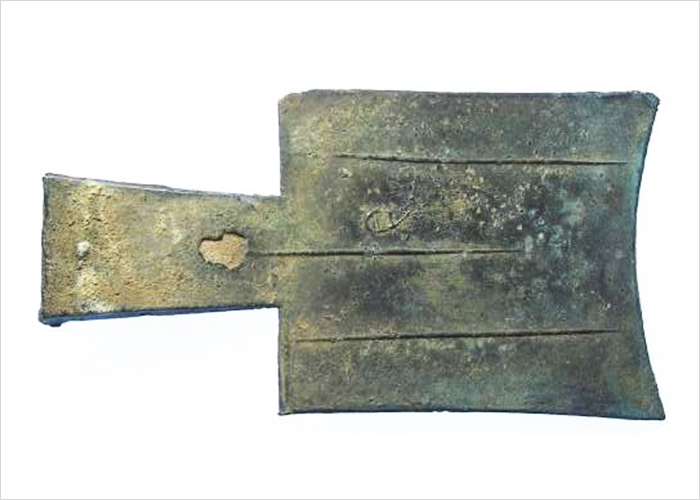
Hollow handled spade coins evolved from the weeding tools used by early traders in ancient China. The handle socket was even retained in the coin’s design. These ancient forms of coinage are primarily made of copper, with some tin and lead.
More than two hundred inscriptions on this type of spade coin have been recorded which often use the Middle Zhou writing style. Number, cyclical, clan and place names are common inscriptions on these coins; some of which are yet to be deciphered.
Hollow handled spade coins are differentiated by the shape of its “shoulder.” It can be Square Shoulder Spade, Sloping Shoulder Spade and Pointed Shoulder Spade.
Square Shoulder Spade is considered to be the earliest form of real coins and may have been circulated during the Spring and Autumn period. It is identified by straight shoulders and slightly-curved foot.
Associated with the Zhou Kingdom, Sloping Shoulder Spades have slanted shoulders. It is further classified by two angled lines on both sides of the coin. Evidence of advanced casting methods is visible through its clearer inscriptions.
Pointed Shoulder Spades are identified by their pointed feet and shoulders; their long hollow handle may have been designed for easy bundling. Three parallel lines are usually present on both reverse and obverse. This coin type could have been circulated during the Jin or Zhao rule.
Chinese Flat Handled Spade coins

Generally smaller, Flat Handled Spades can be considered an improvement from the Hollow Handle Spades. Some have denominations and place names inscribed on them. They are dated to the Warring States period.
Flat handled spades are classified by the shape of their “feet.” The types are Arched Foot Spade, Pointed Foot Spade, Square Foot Spade, Round Foot Spade or Three Hole Spade.
The feet of an Arched Foot Spade are separated by an arch often looking like an inverted “U.” Its shoulders can be angular or rounded. The coin is valued at half, one or two jins which is indicated in its inscription. They are associated with the Wei and Han Kingdoms.
Considered to be a direct descendant of the hollow handled spade, the Pointed Foot Spades were circulated in the Zhao State. They are recognized by a square crutch between two pointed feet, and straight or upward-pointing shoulders. They circulated at half or one jin values. Numbers and mint names are common imprints of this type of coin.
Square Foot Spades were used in Liang, Zhao, Han, Zhou and Yan States. These coins are characterized by square feet and crutch, a line that crosses the middle on the obverse and three lines on the reverse. Some coins cast in the Zhao State have numerals on the reverse instead of the usual three lines.
Round Foot Spades may have been used in the States of Qin and Zhao or to the 4th century BC State of Zhong Shan. This type of spade money, valued at half or one jin, is identified by its rounded handle, shoulder and feet. A diverse number of inscriptions were recorded in the reverses of round foot spade coins.
Three Hole Spades are so named because of the three holes located on the handle and the feet. They were circulated at 24 zhus (1 liang) and 12 zhus (Shi er zhu) values. A series number is inscribed on the reverse of the coin.
When Xin Dynasty (9 – 23 AD) was established by Wang Mang, reforms in coinage were initiated. The reforms included the re-introduction of spade coins, knife money, cowrie shells, and round coins. There was a total of 12 spade money used during Wang Mang’s short reign.
These are the Bu Quan (Spade Coin), Huo Bu (Money Spade), Da Bu Heng Qian (Weight 1000), Ci Bou Jiu Bai (value 900), Di Bu Ba Bai (800), Zhuang Bou Qi Bai (700), Zhong Bu Liu Bai (worth 600), Cha Bsu Wu Bai (worth 500), Xu Bu Si Bai (400), You Bu San Bai (300), Yao Bou Er Bai (weight 200), and Xiao Bu Yi Bai (100).


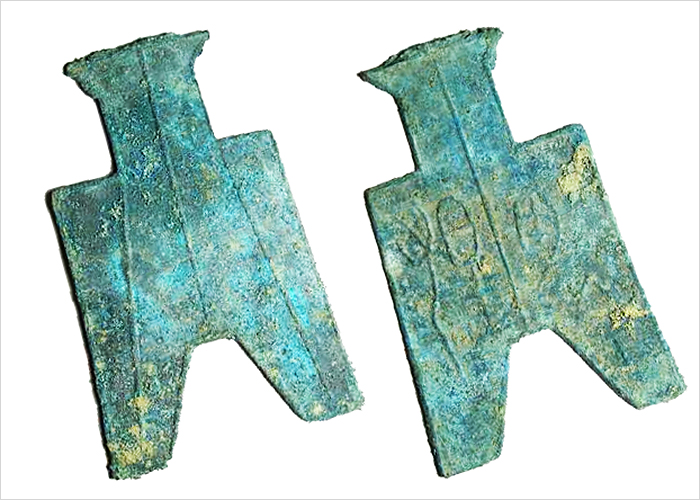




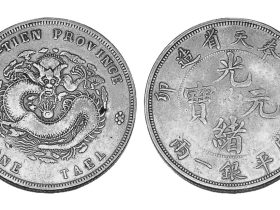
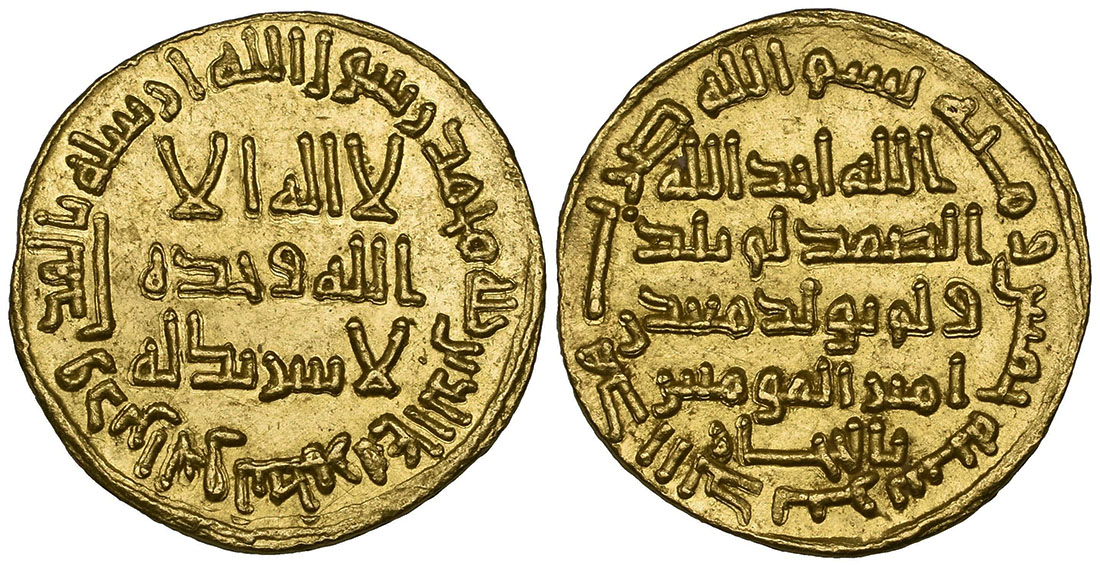

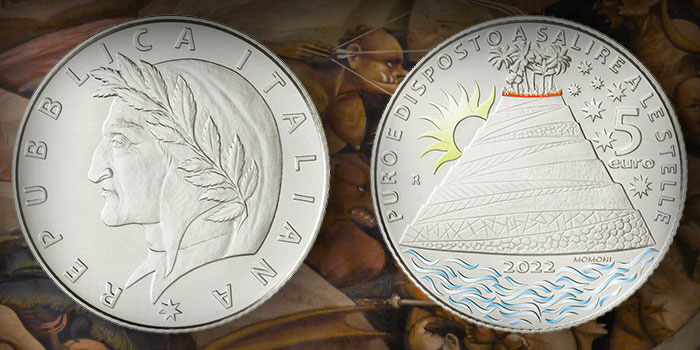

Leave a Reply